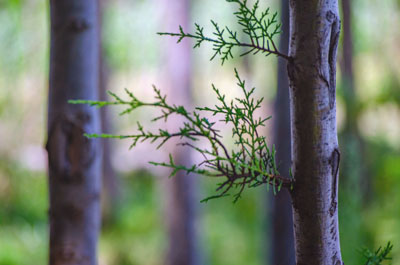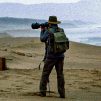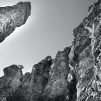
If you are reading this blog now, there is a high probability that you are a beginner in photography and need some guidelines in developing your skill. I recommend trying different photography styles to find the one that you will like more than others, and you will be confident working in. There are not so many of them, so you will quickly master all of them within the shortest period of time. Perhaps you want to start with nature photography? Excellent! Then this article is exactly what you need to read now.
Be Fully Prepared
There is nothing worse than to go a long way into the woods and at the beginning of a photoshoot to understand that you forget something important at home. Make a list of everything you need during the shoot and add items to your bag according to the list. But it is not necessary to take everything, as overpacking may become a huge problem. Do a little research of the landscape and think of the gear you will require for shooting this or that scene. For example, if you plan to take pictures of animals, a zoom lens will come in handy. However, if you want to shoot landscapes, you might want to take a wider angle lens.
Another reason for an early and thorough preparation is to make you feel comfortable. Imagine that you have a heavy backpack. For how long will you manage to work? I bet, no more than an hour. On top of that, you will be exhausted as hell. So take a camera bag that can carry all the necessary gear and be comfortable. If you haven’t bought one yet, I recommend purchasing a water-resistant camera bag. Yes, it will cost more but believe me, it is worth every cent.

Any nature photographer knows that a good pair of hiking boots is a must. It would help if you had a pair of shoes that can handle long distances and protect you from dirt, mud, and some creepy things living on the ground. Without such shoes, your photoshoot won’t last long and may even be dangerous.
Technical Tips
Over many years of my experience, I have come to the conclusion that it is better to capture images in RAW format. Well, as the name suggests, such images are unprocessed and usually have a larger size that takes more space on your memory card. That is because they have a huge amount of pixel data, but it is good. Such files are easier to adjust later due to the abundance of pixels.
Use the lowest practical ISO. The thing is that the ISO number of photographic film and image-sensors relates to their sensitivity to light. And if you make the ISO number high, you won’t need much light. But on the other hand, that produces increased image noise. So you would want to use the lowest ISO anyway.
Autofocus is a great tool that can bring you lots of use when applied correctly. It is especially useful for shooting wildlife and nature because animals are always on the move, making it hard to catch a clear shot. Depending on the camera you have, there will be AF-Continuous and AF-Servo modes settings. They help to capture a moving object in good focus. Just put a selected focus point on the object you intend to shoot and half-press the shutter button to apply the AF. For more detailed instructions, read the manual for your camera precisely once again.
Oh, I almost forgot about a tripod (therefore, it’s always on my checklist). How many times I regretted that I didn’t take it with me. I mean, really, it is like a rule of bad luck. Every time I decide to leave a tripod at home, I need it. So don’t repeat my mistakes and ALWAYS carry a tripod along with you. You will understand how wise this piece of advice is later. I recommend buying the one that doesn’t weigh much and can handle your camera setup.
Checklist Essentials

Now you know the basic information needed for shooting nature and wildlife photography. However, you might want to learn some of the extra tips that will help you avoid inconveniences related to the shooting location. So here is a list of things I recommend to check before going on the spot:
- Expected weather conditions
- Times for sunrise and sunset
- Permissions required (i.e., permission to shoot in a national park)
- Available parking slots
- Restraints of any kind
- Locations off the beaten track and less popular animals
I started to keep this list only a year ago, so it is not the final version. As I get more experience, I will complete the checklist little by little. And if you have some extra advice, please share it with me, and I will add them to this list.
Thank you for reading my blog! Take care!





